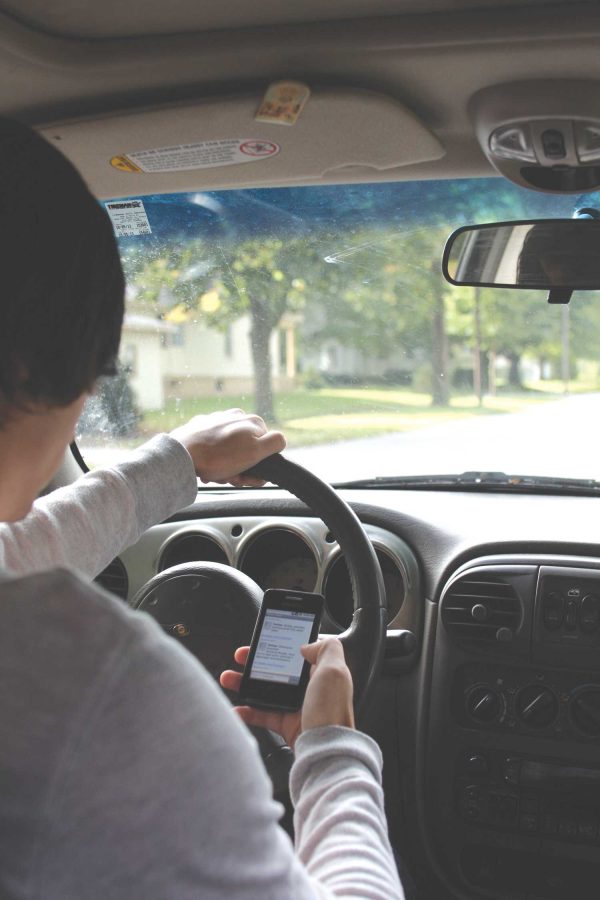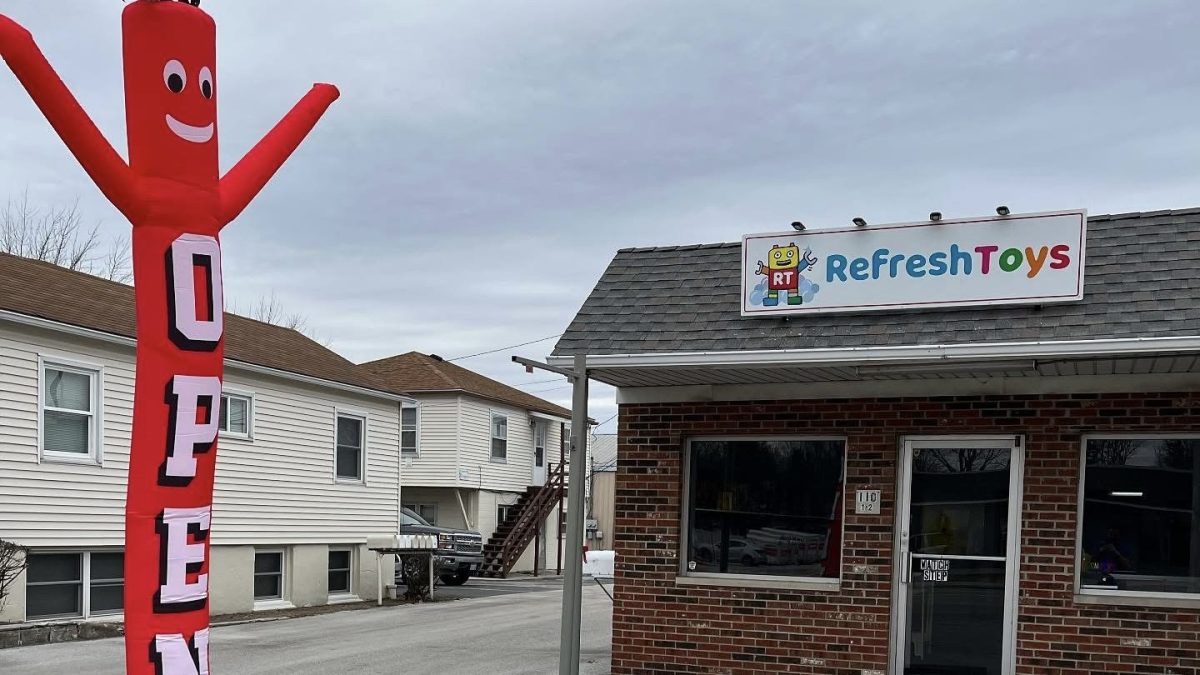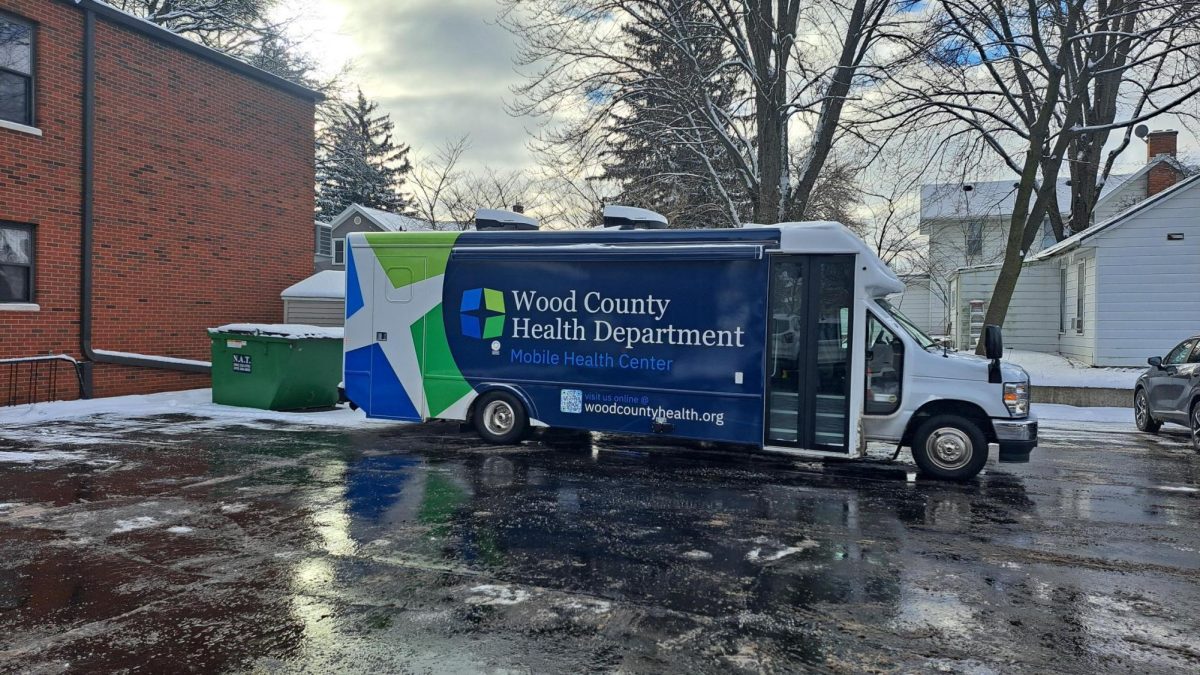The Ohio Department of Transportation is discussing adding “safe phone zones” to discourage distracted driving.
Last year, distracted driving, such as texting, caused 416 crashes in Ohio, 16 being fatal, according to ODOT’s county fact sheets.
Prospective signs and advertisements along highways and bridges would encourage drivers to stop at “safe phone zones” at rest areas, said Steve Faulkner, press secretary for ODOT.
“Hopefully motorists will take into consideration their personal responsibility to the safety of themselves and others,” Faulkner said.
Texting and driving has been banned in Ohio as a secondary offence since Aug. 31, 2012. Though it is banned, being a secondary offense limits enforcement.
“If I pull up aside someone and see them texting, I have to back off and see if they do anything [else] wrong before I can pull them over,” said Lt. Jerrod Savidge, commander of the Highway Patrol’s Bowling Green post.
Since the ban was initiated, only three people have been cited for the offense in the city, said Kathy Thomas, clerk of courts at the Bowling Green Municipal Court.
It’s a minor misdemeanor offense that could result in $150 in fines, said City Prosecutor Matt Reger.
Aside from warning drivers, the signs would also be a way to make revenue, Faulkner said. ODOT is talking with insurance companies, such as Geico, to pay to advertise on the signs, he said.
While Ohio is taking proactive measures against texting while driving, it is not the first state to do so.
In late September, New York started its own campaign against texting while driving, installing signs along highways and freeways informing drivers “It can wait” and they can text at the nearest rest stop in a certain amount of miles.
The New York State Department of Transportation will add 298 signs along highways by the end of the month, said Beau Duffy, director of communications for NYSDOT.
“It’s to remind motorists that the text is not that important,” Duffy said
New York has been more aggressive in ticketing distracted drivers since it’s a primary offense, starting an enforcement initiative during the summer to cite more offenders, Duffy said.
While it may be hard for Ohio law enforcement to directly stop distracted driving, some students feel the “safe phone zone” signs would make driver’s think twice.
“It would be another visual reminder that you shouldn’t do it,” said senior Jeff Carr, who admitted to texting and driving before.
While he thinks the signs might curb incidents, he was unsure whether people would heed their warning when in a hurry.
“People probably wouldn’t stop to text, but they might not text in the first place to get where they need to go,” Carr said.
If people feel the need to text and drive, Savidge suggests handing the phone to someone else or to wait.
“There is no safe way to text and drive, just don’t do it.” he said. “You move 90 feet per second on the highway. If you look down for five seconds, that’s almost 500 feet without looking and it’s dangerous.”














